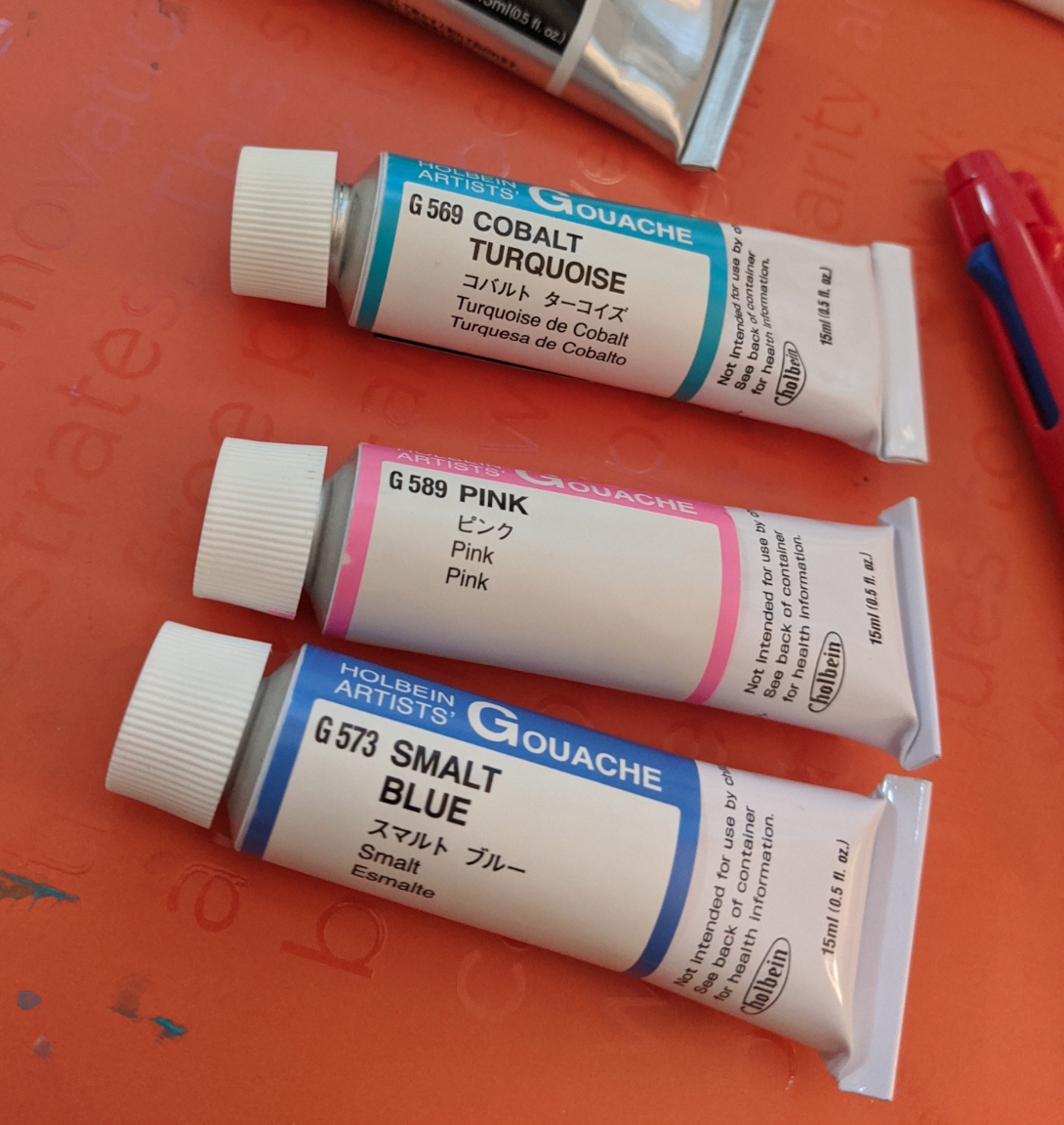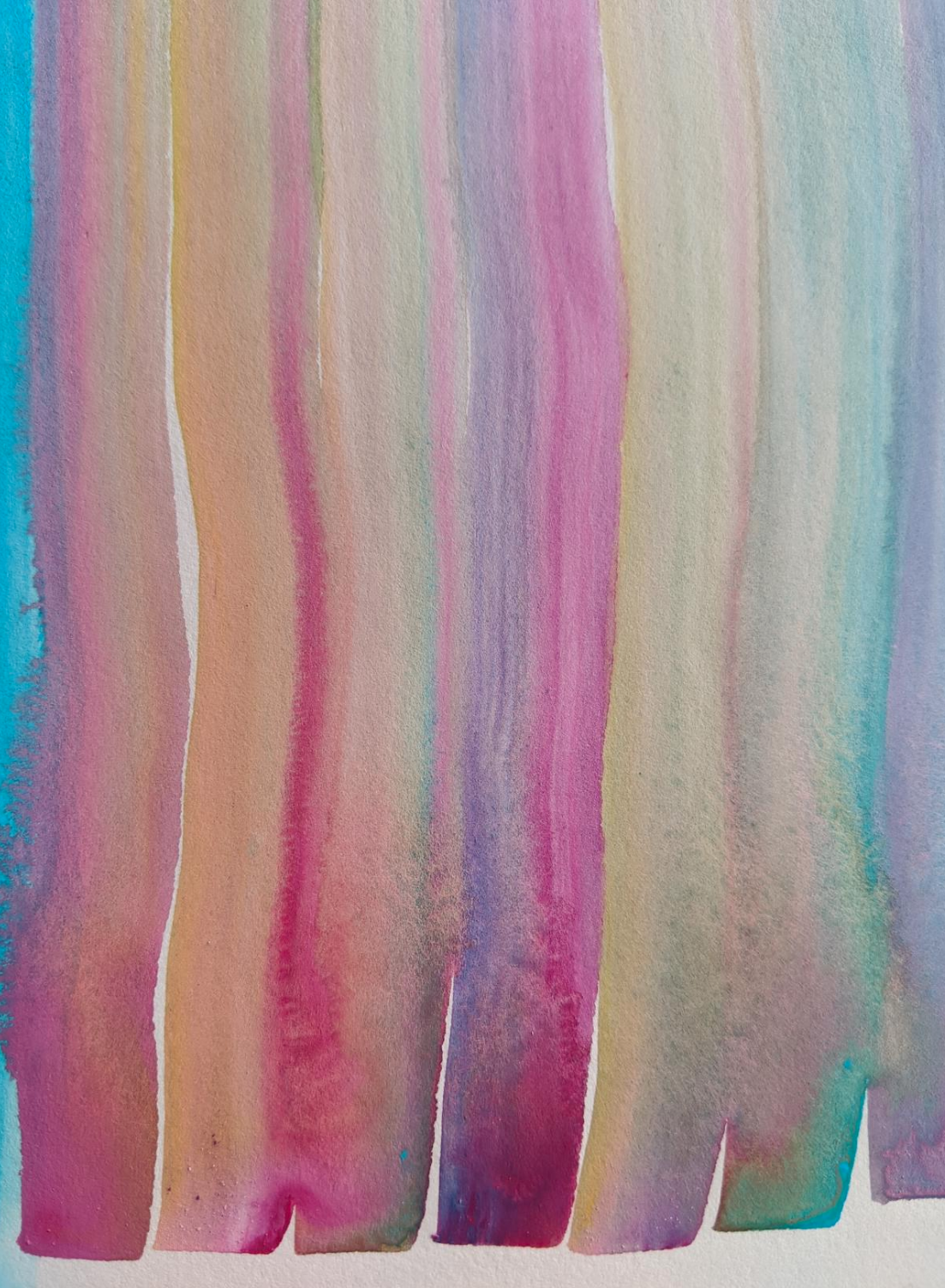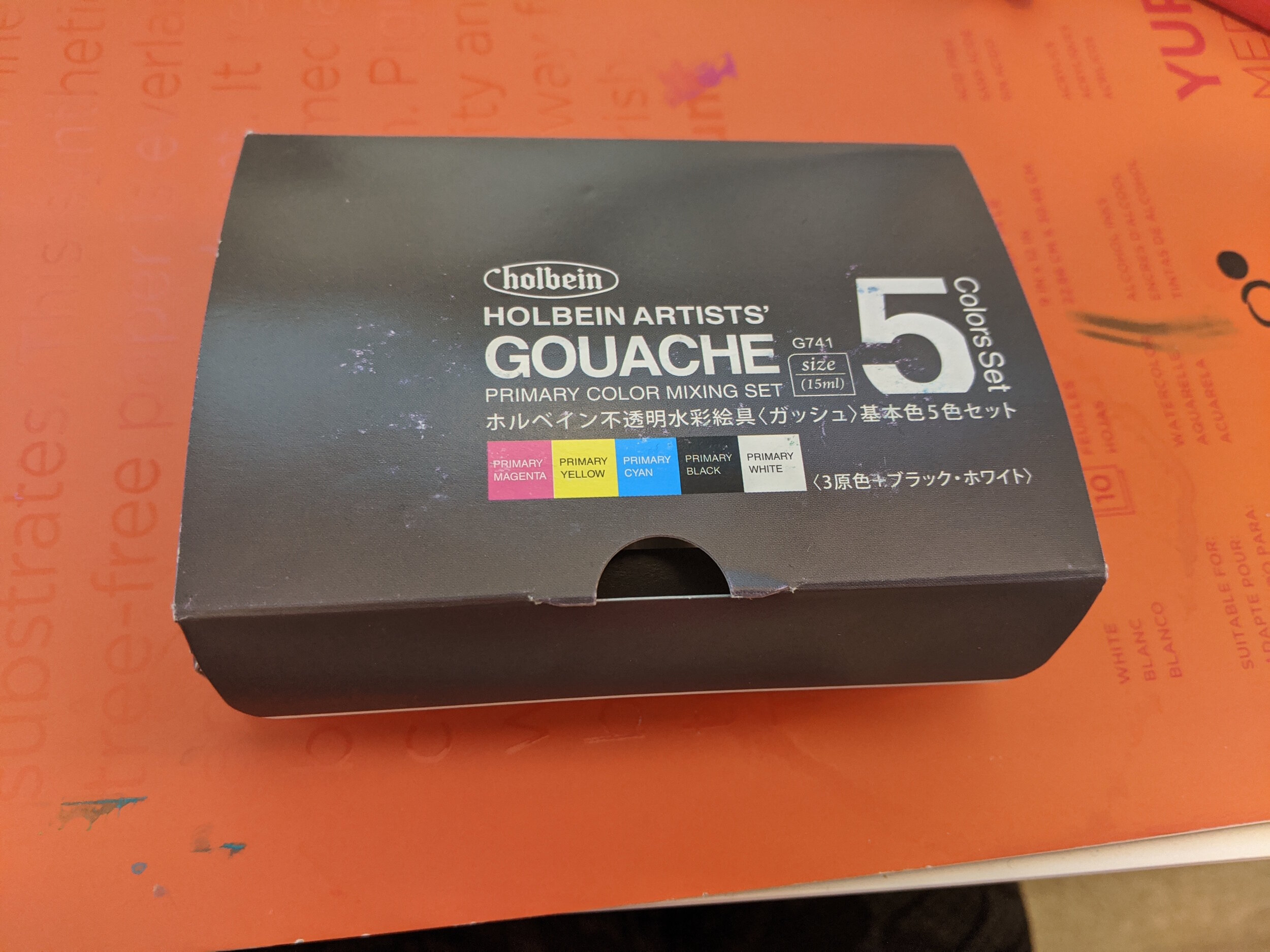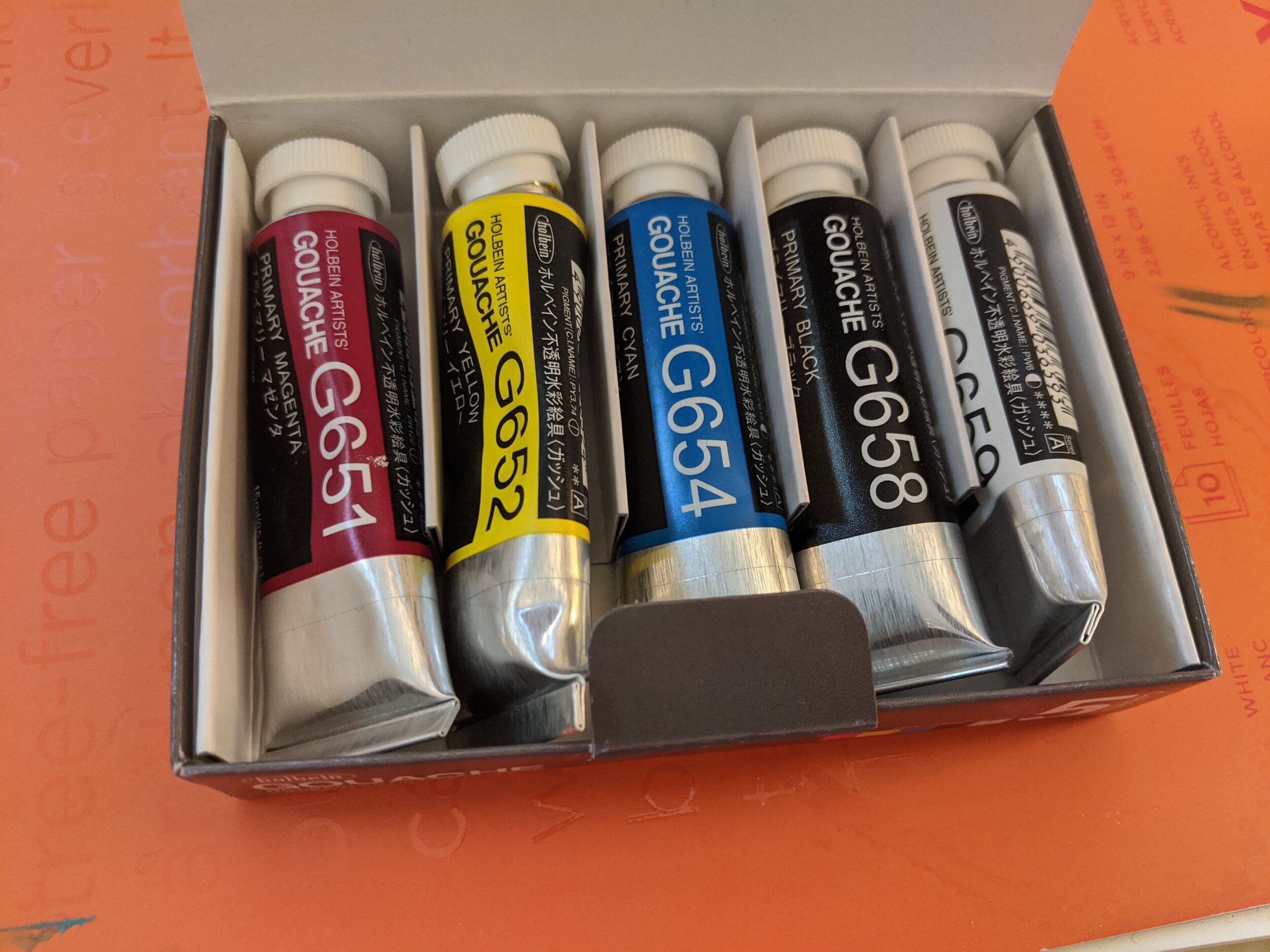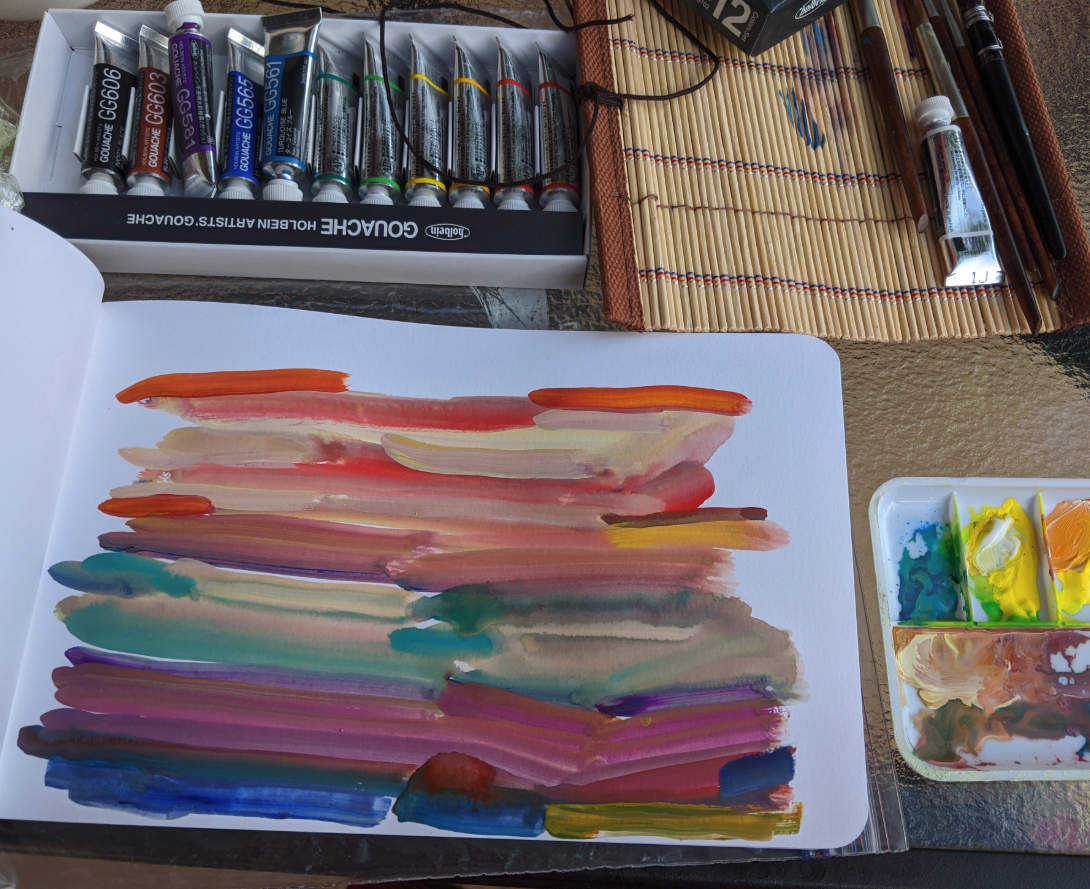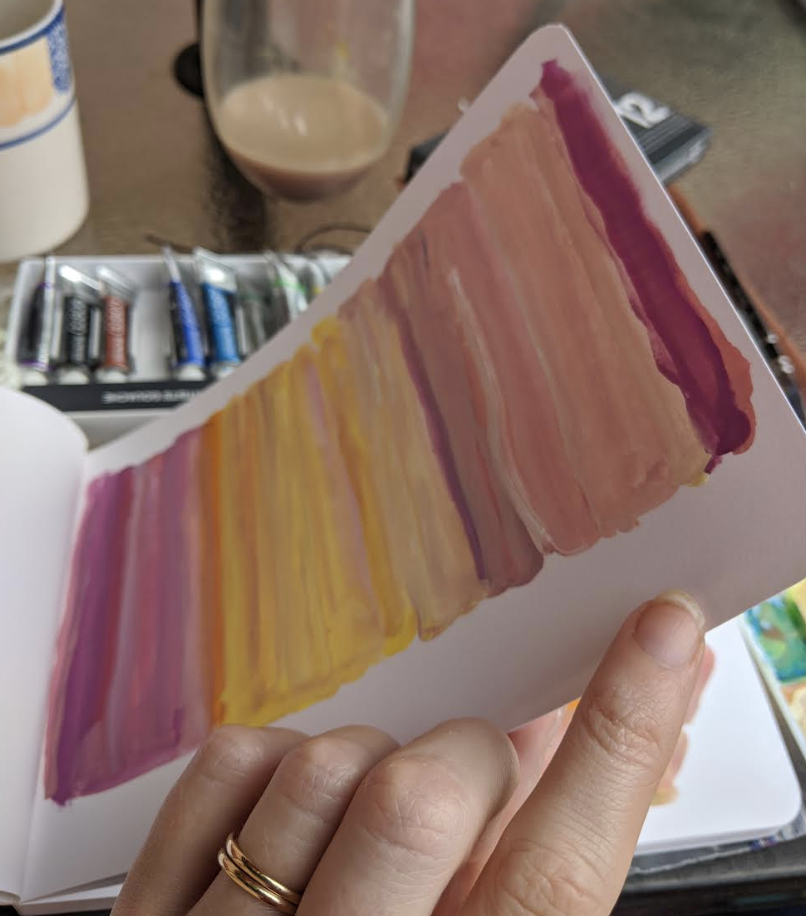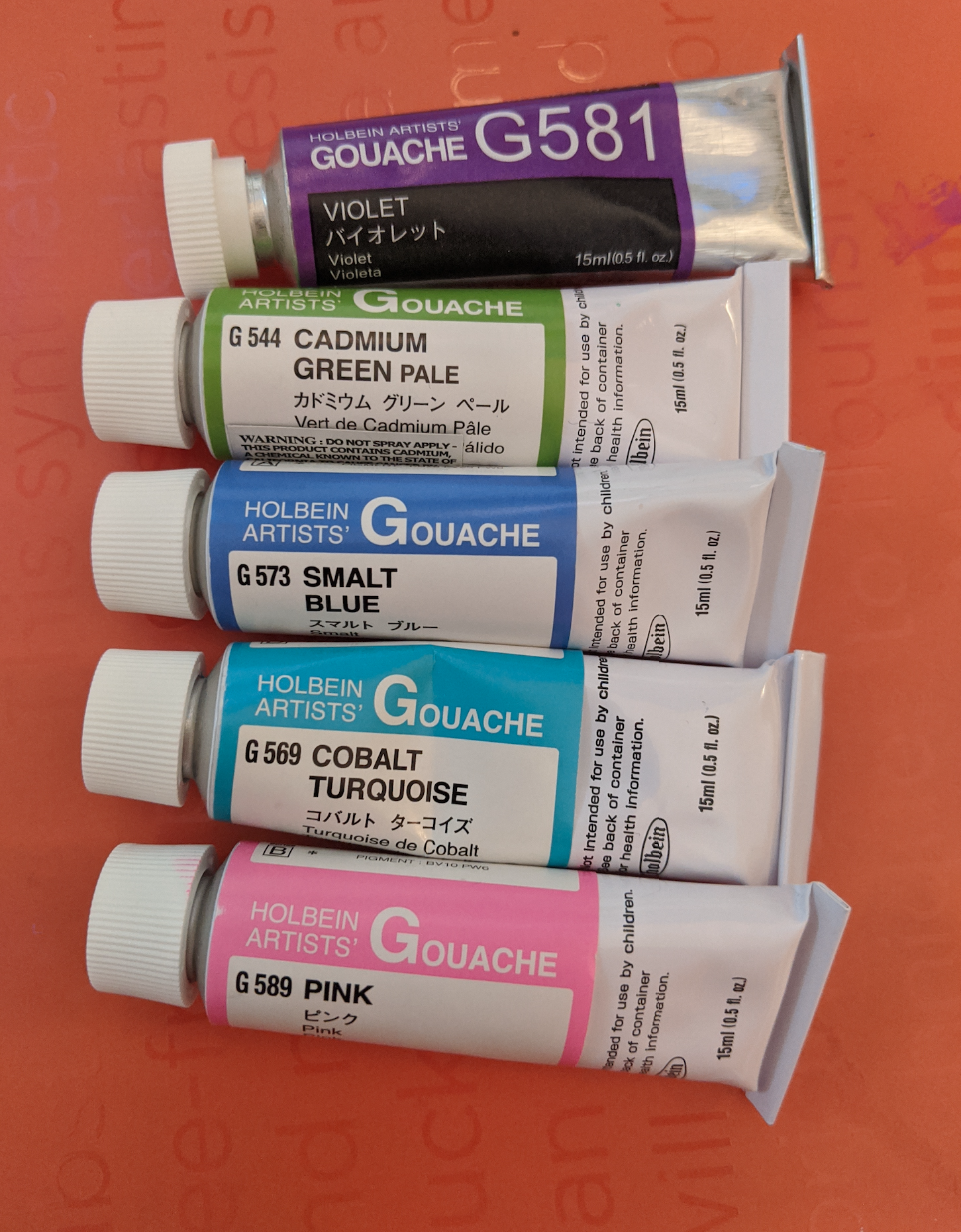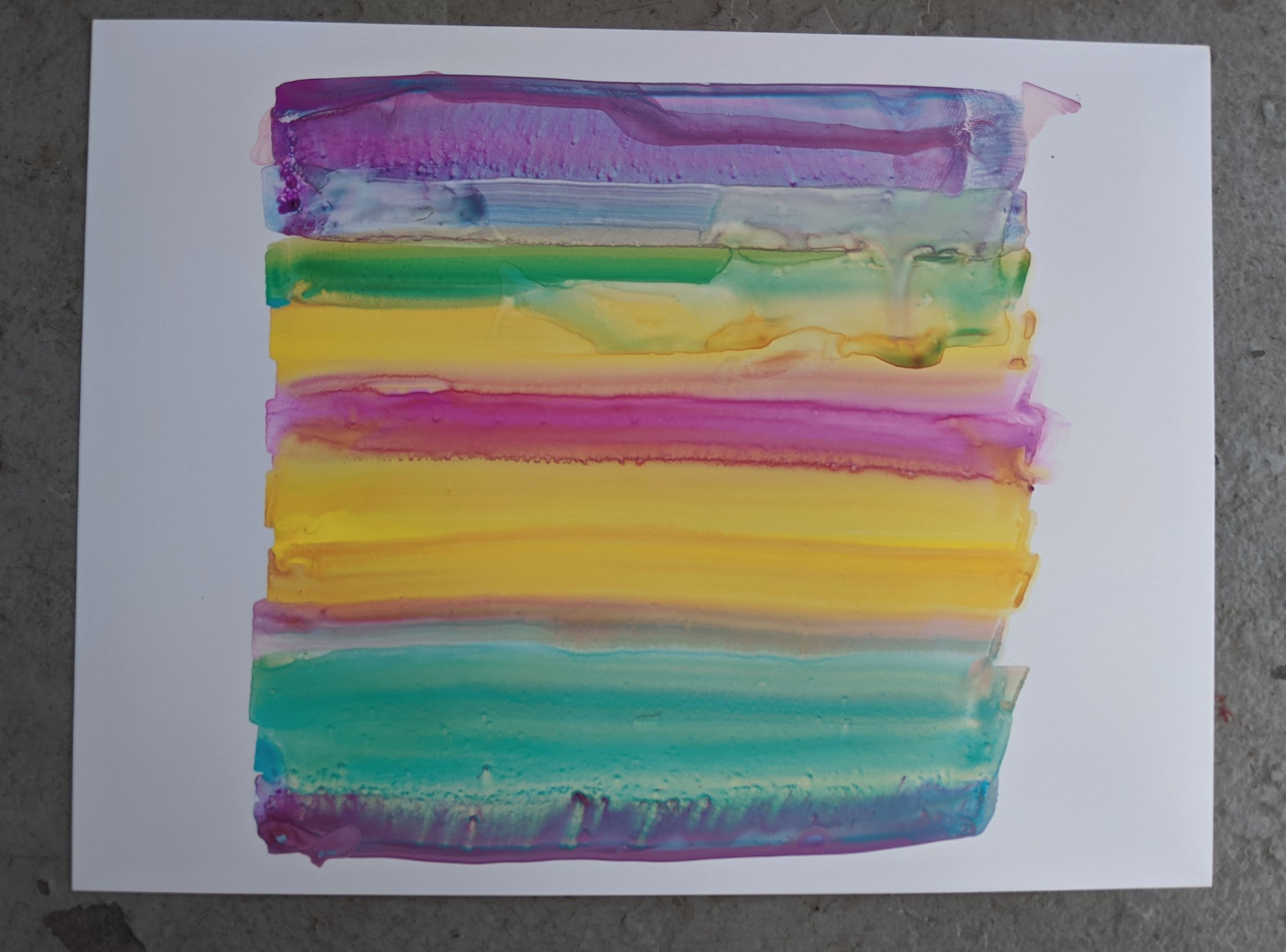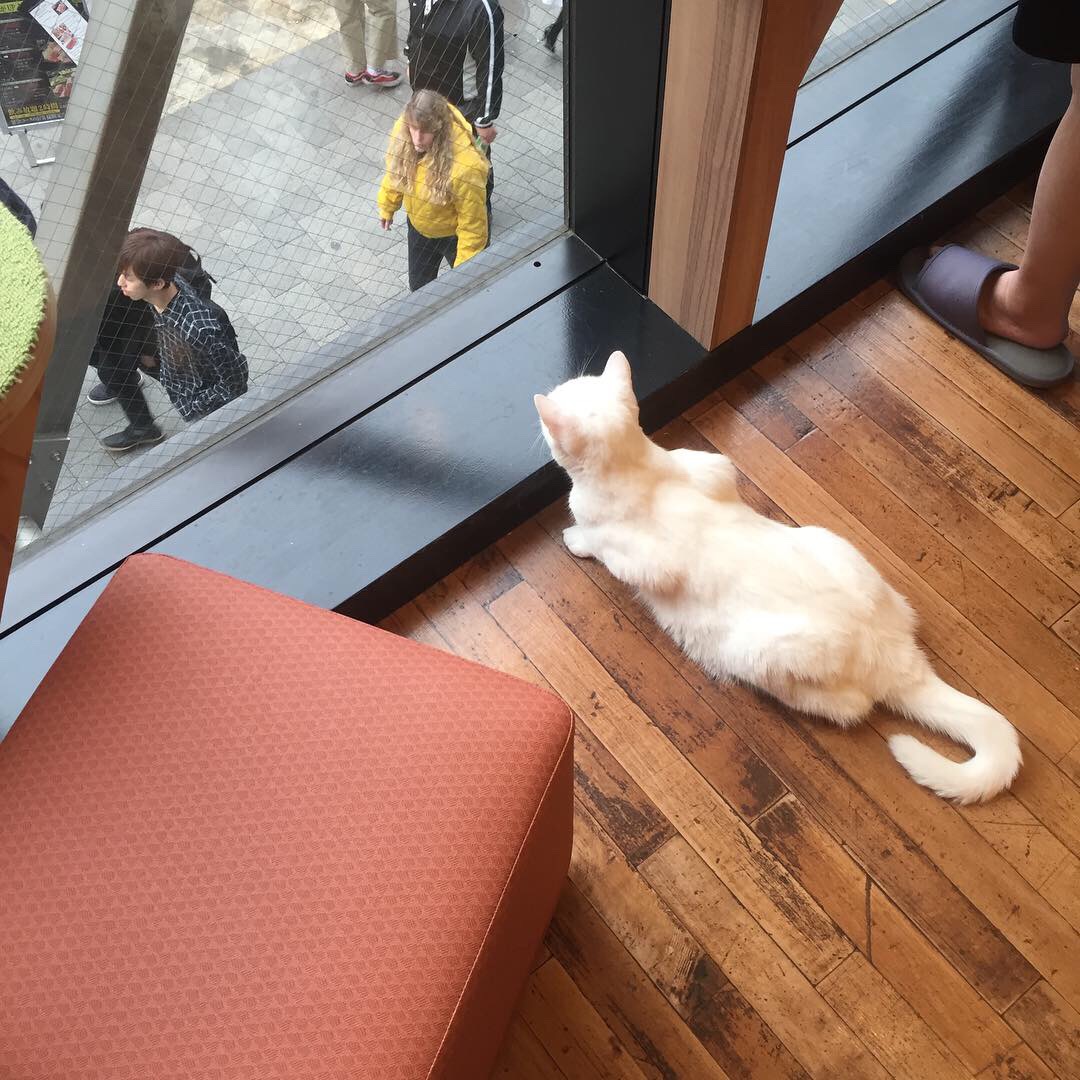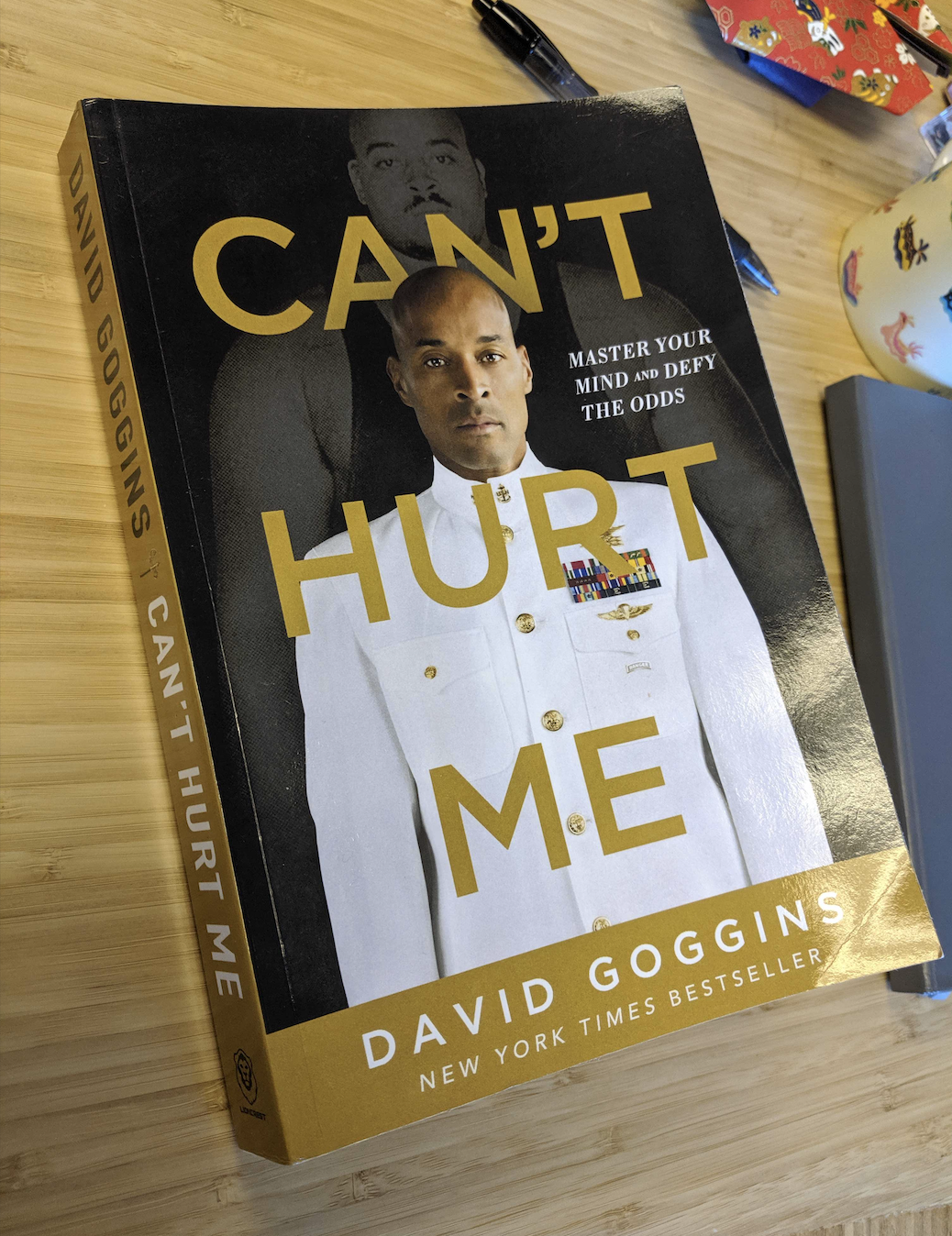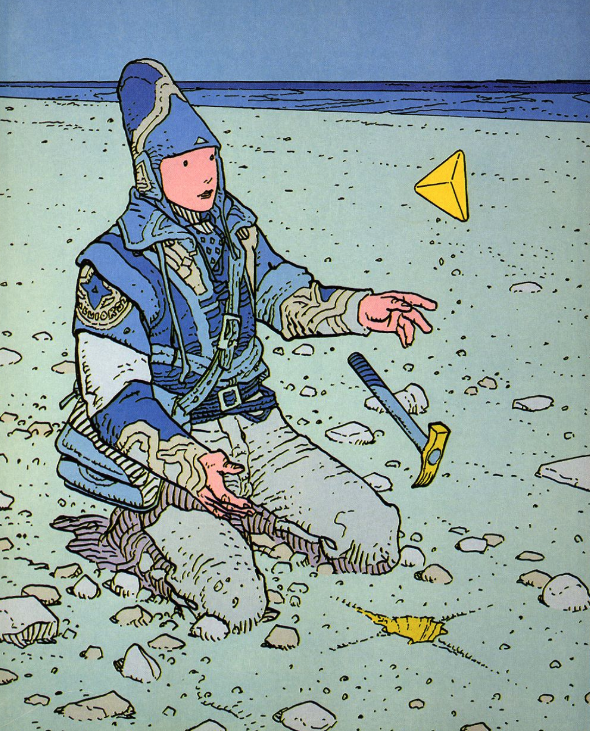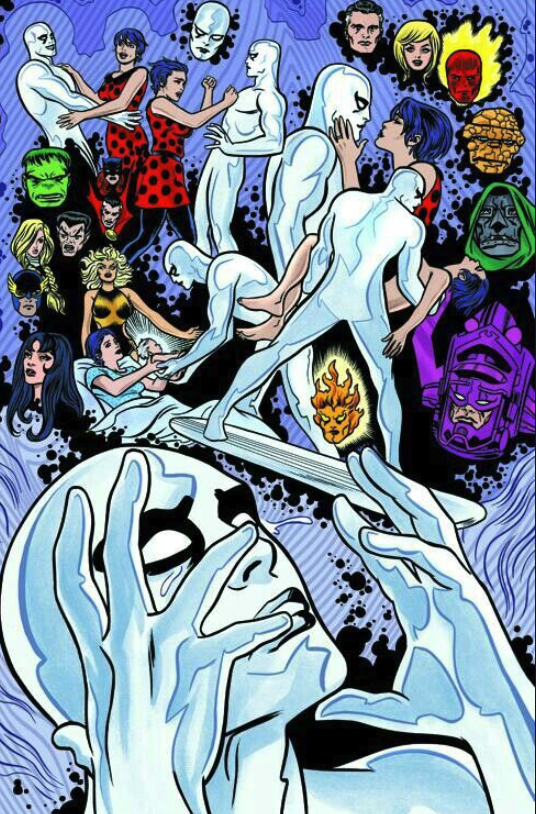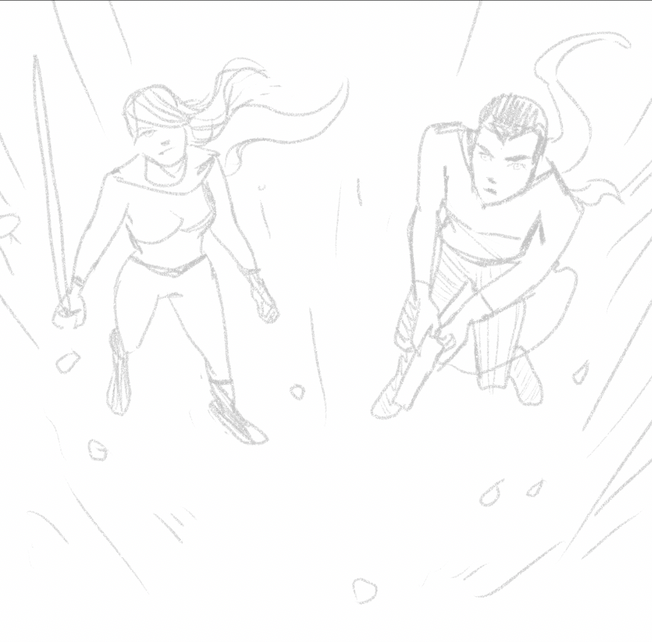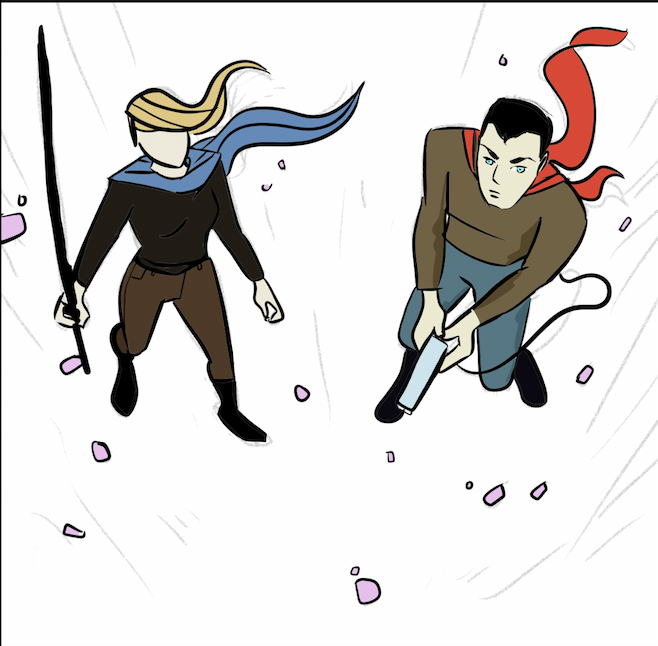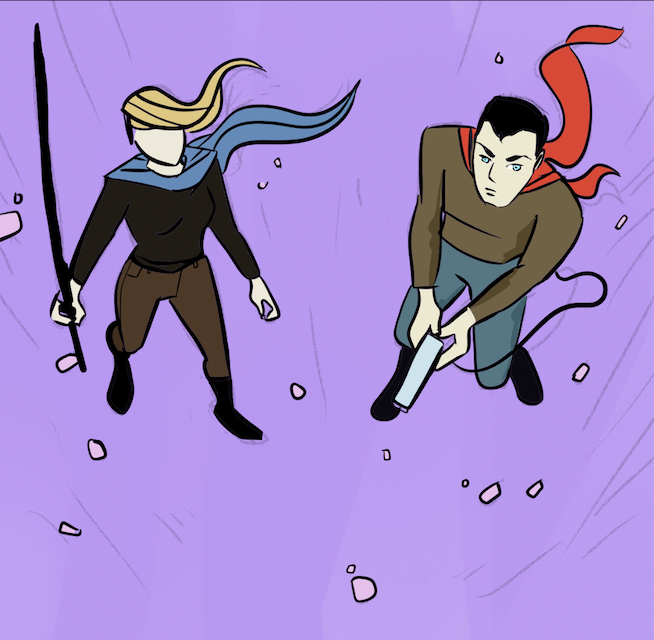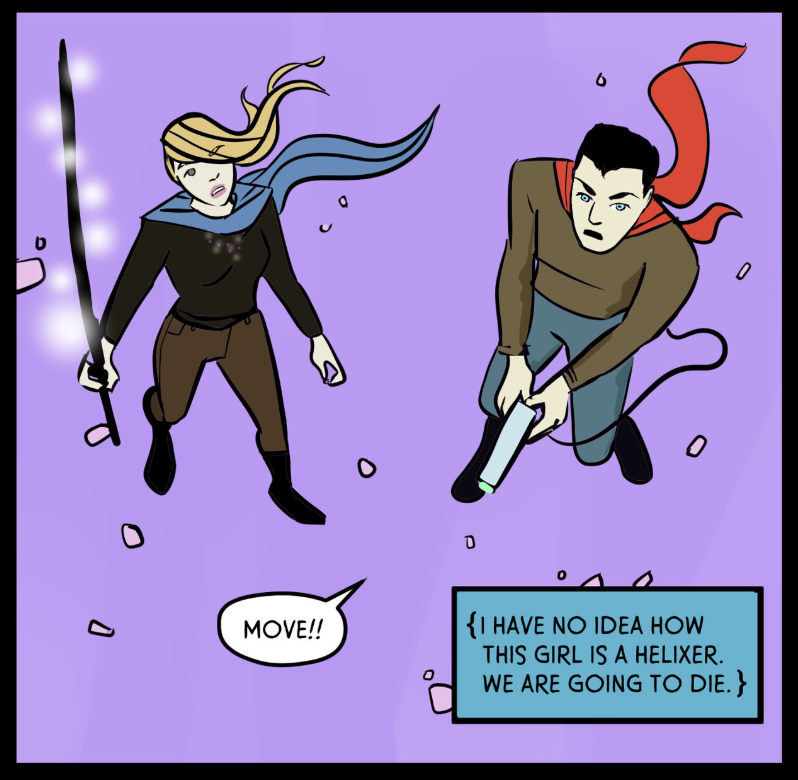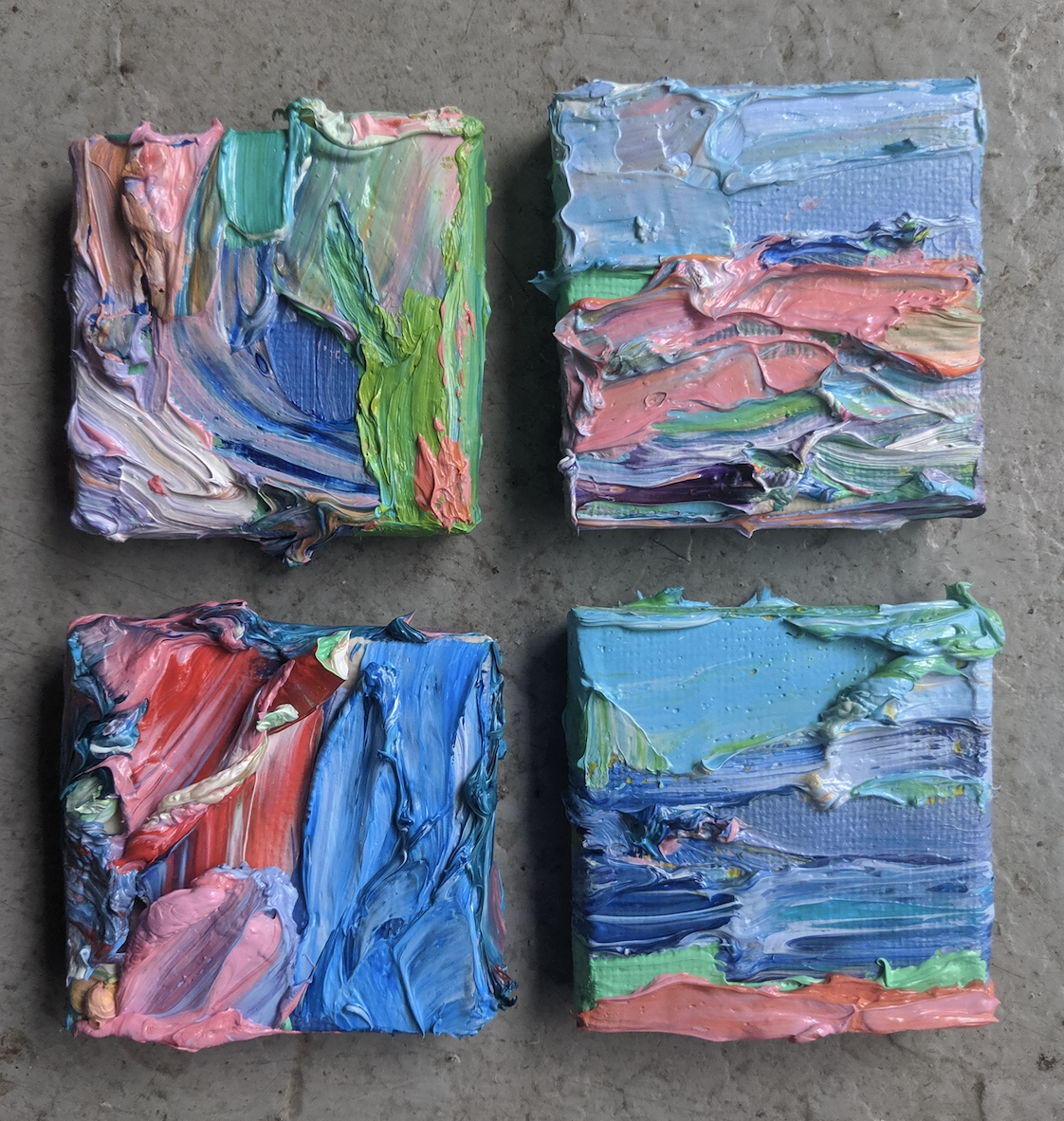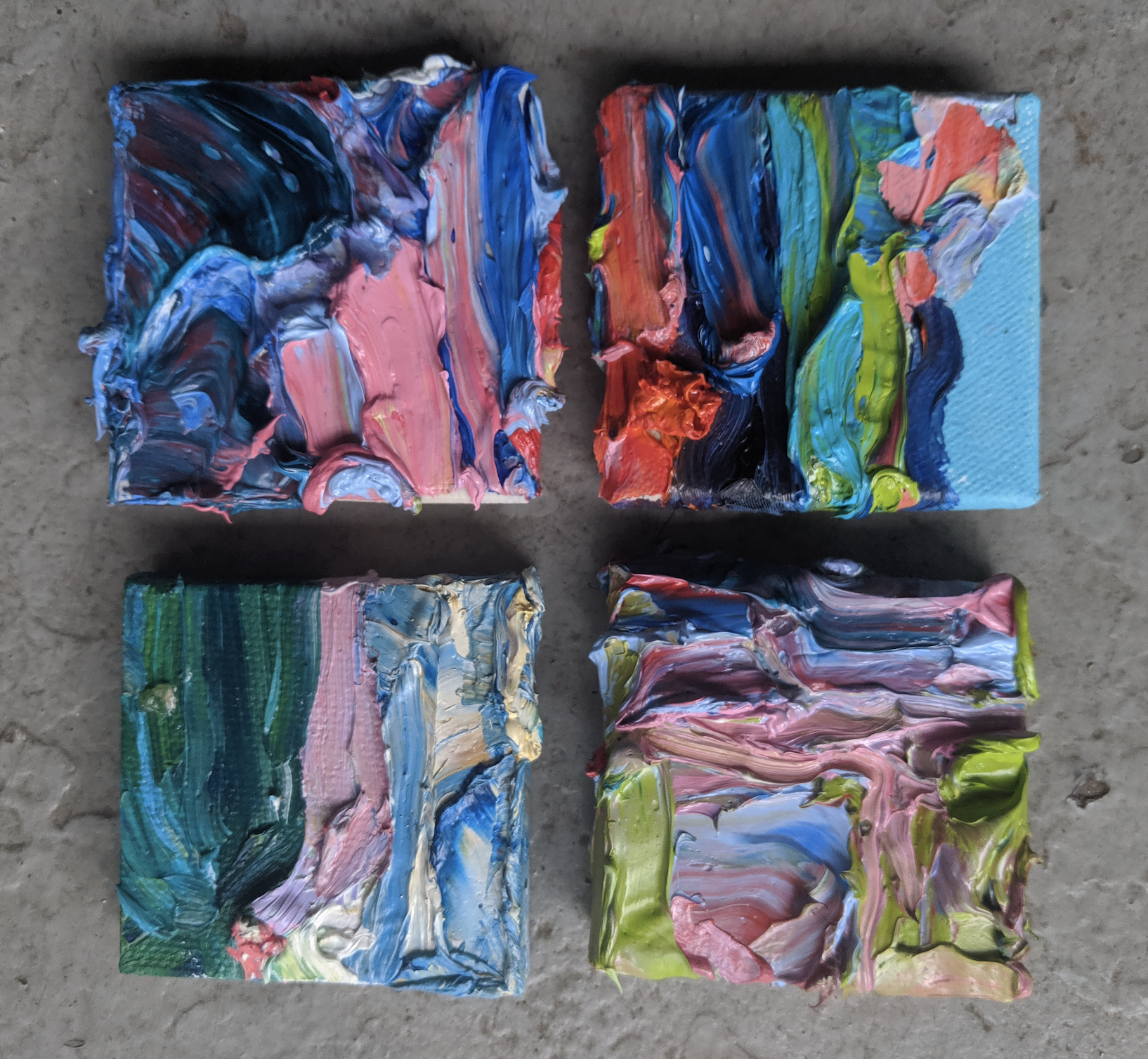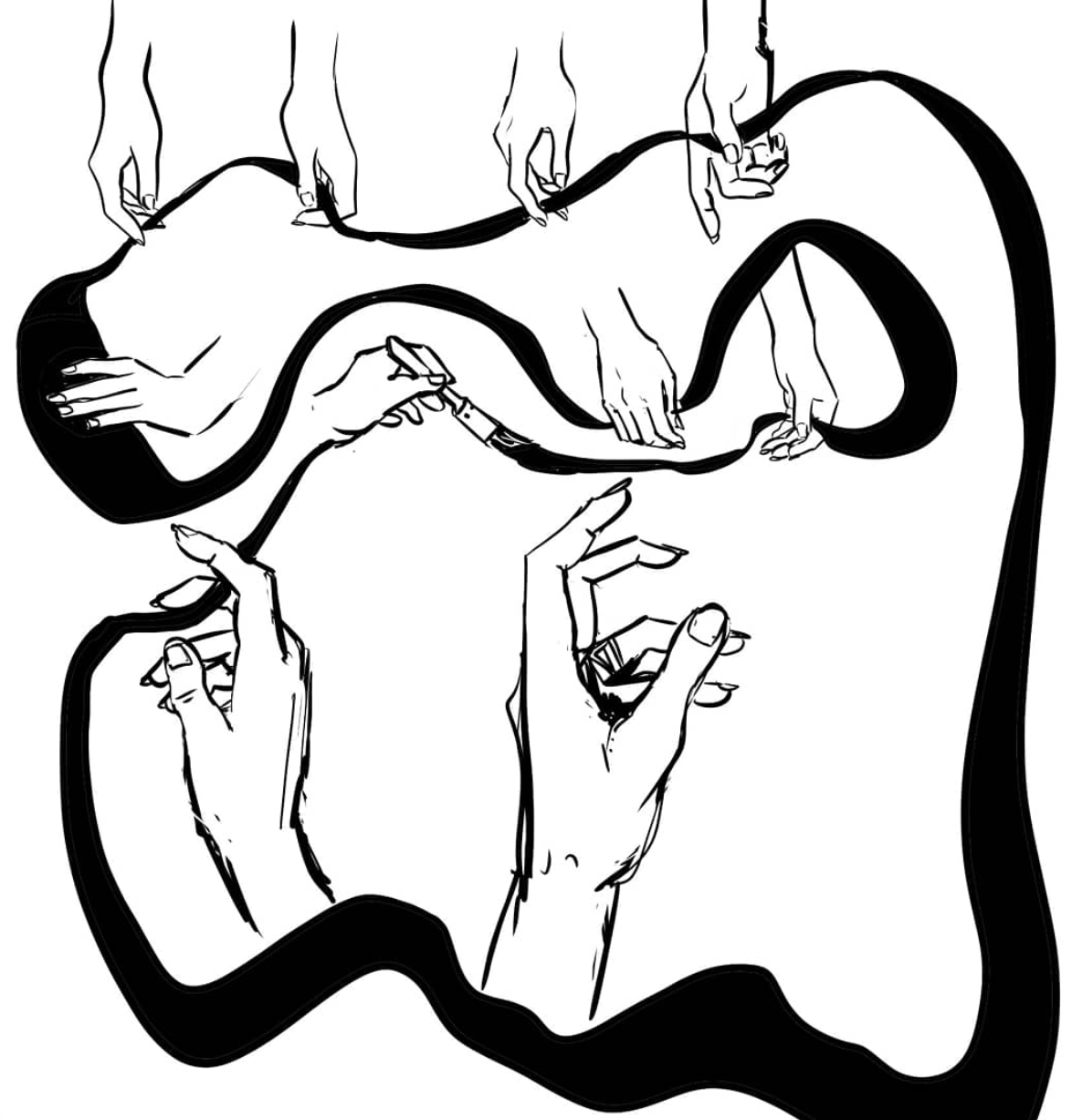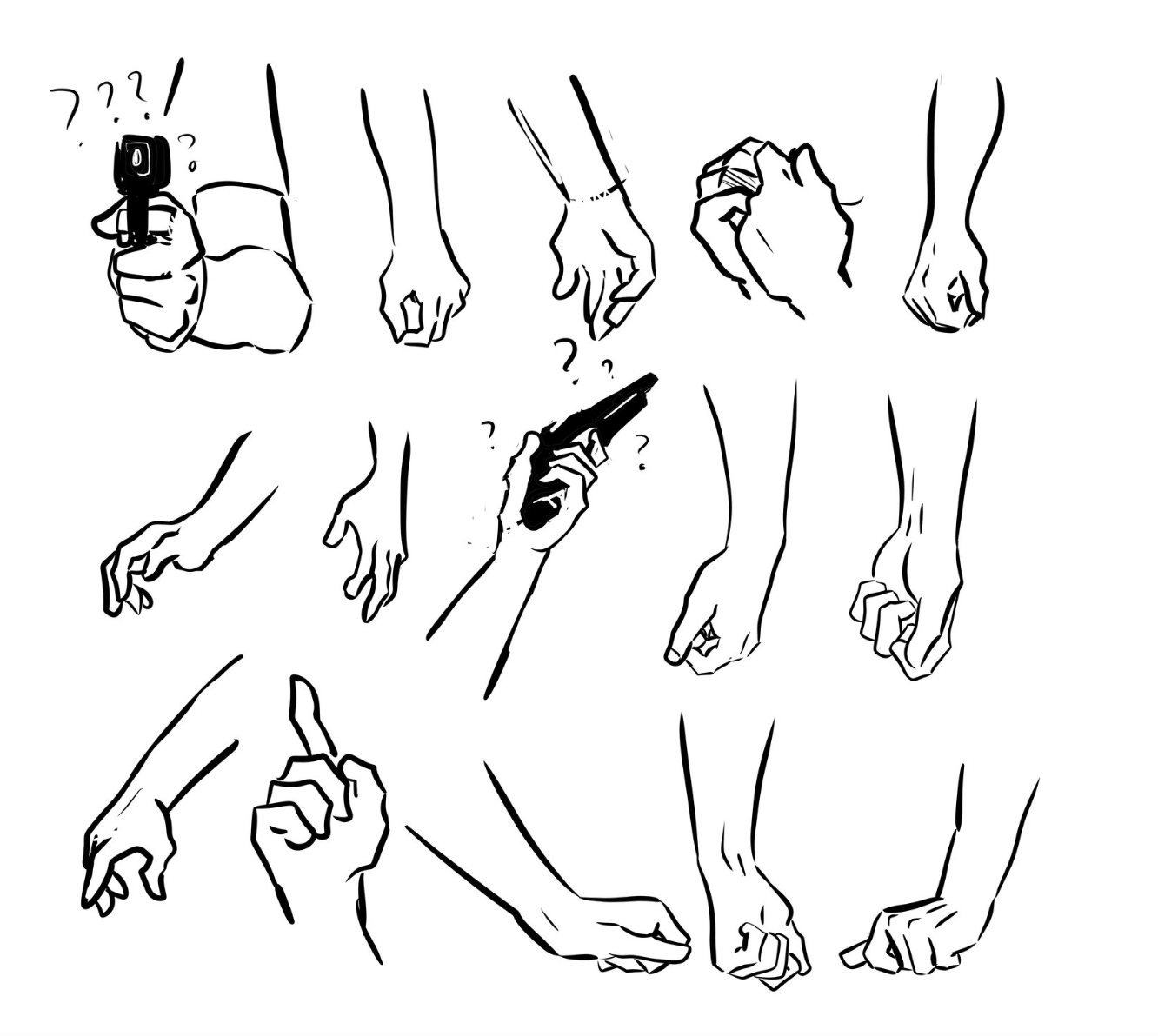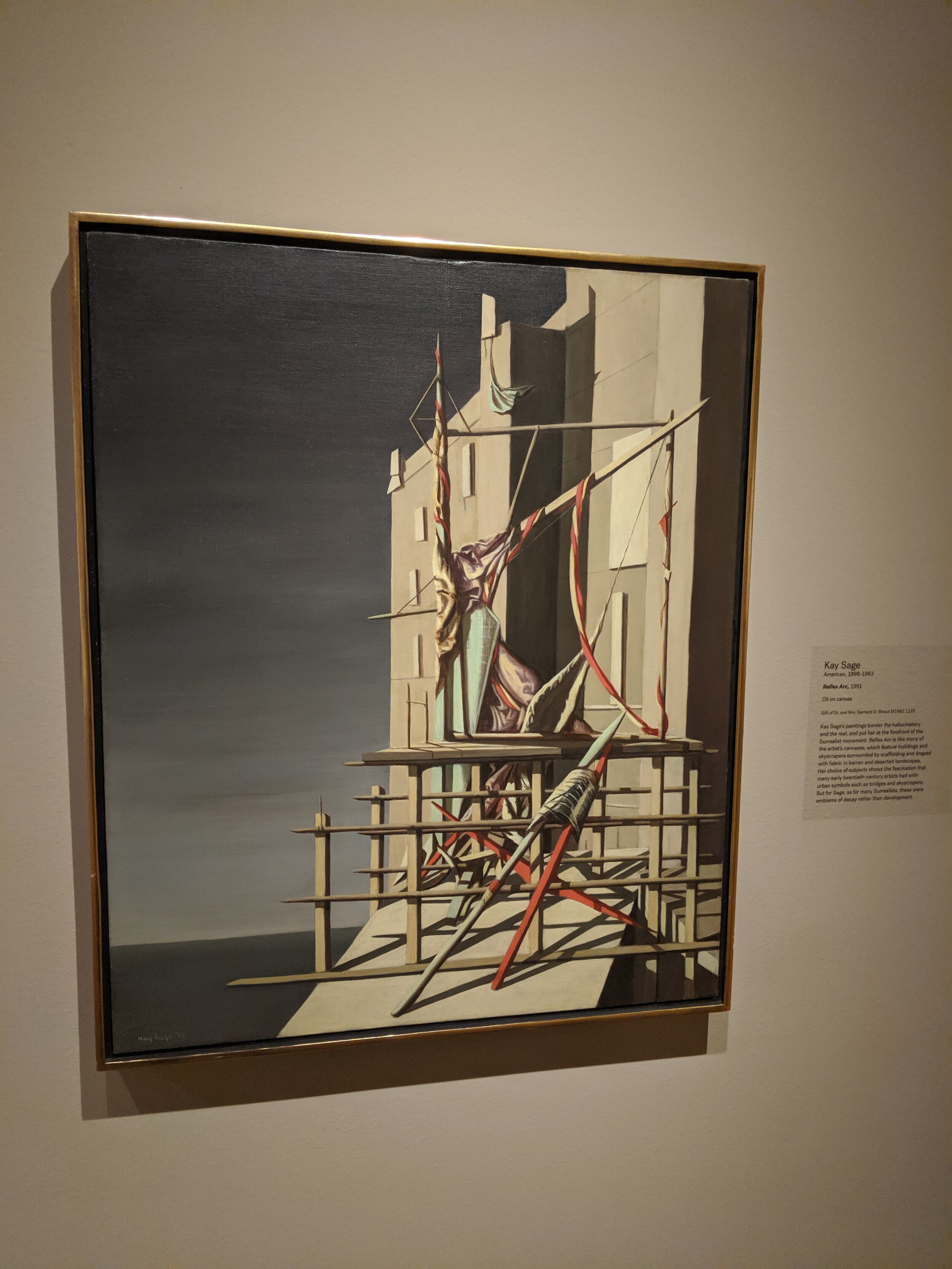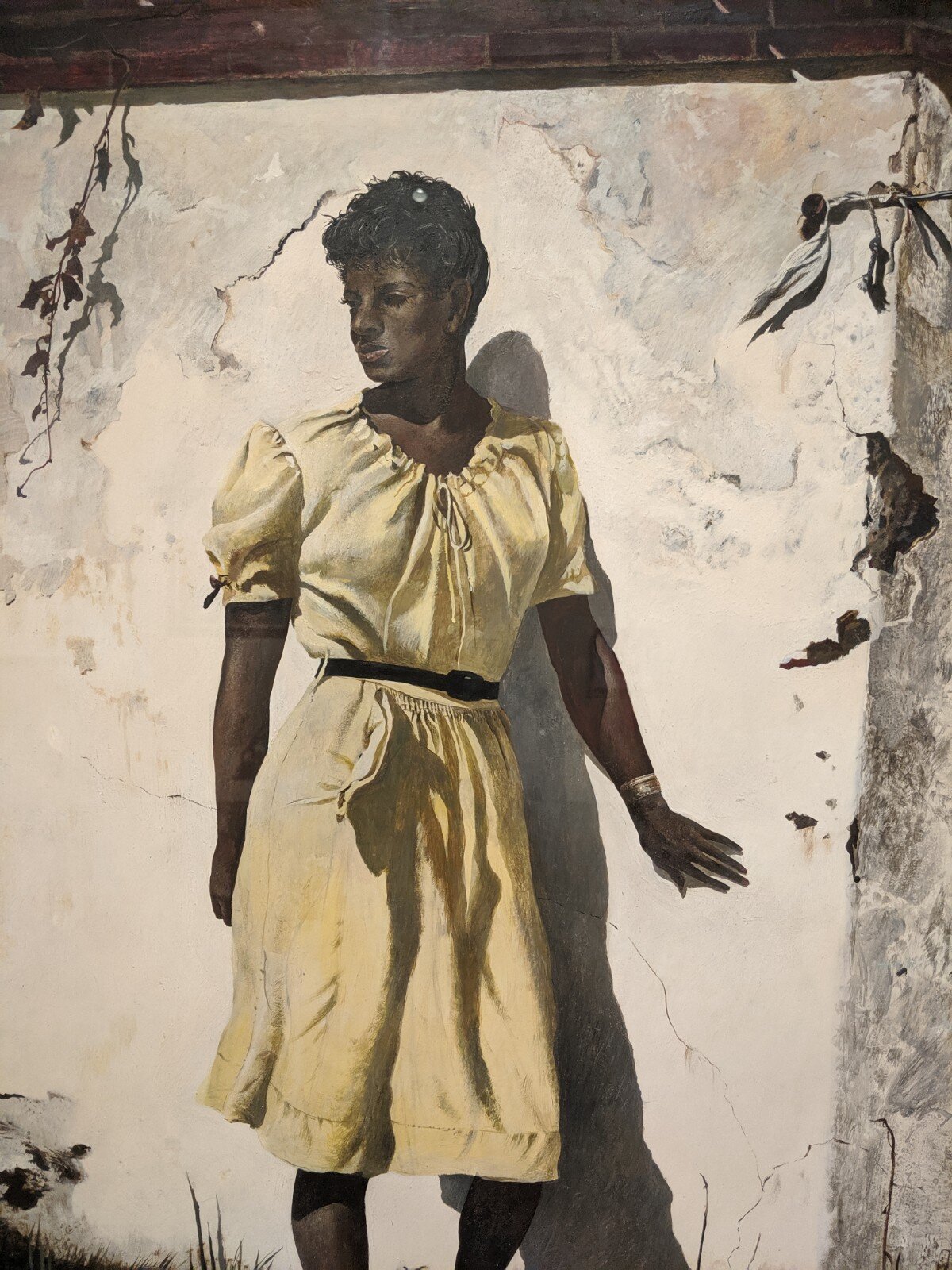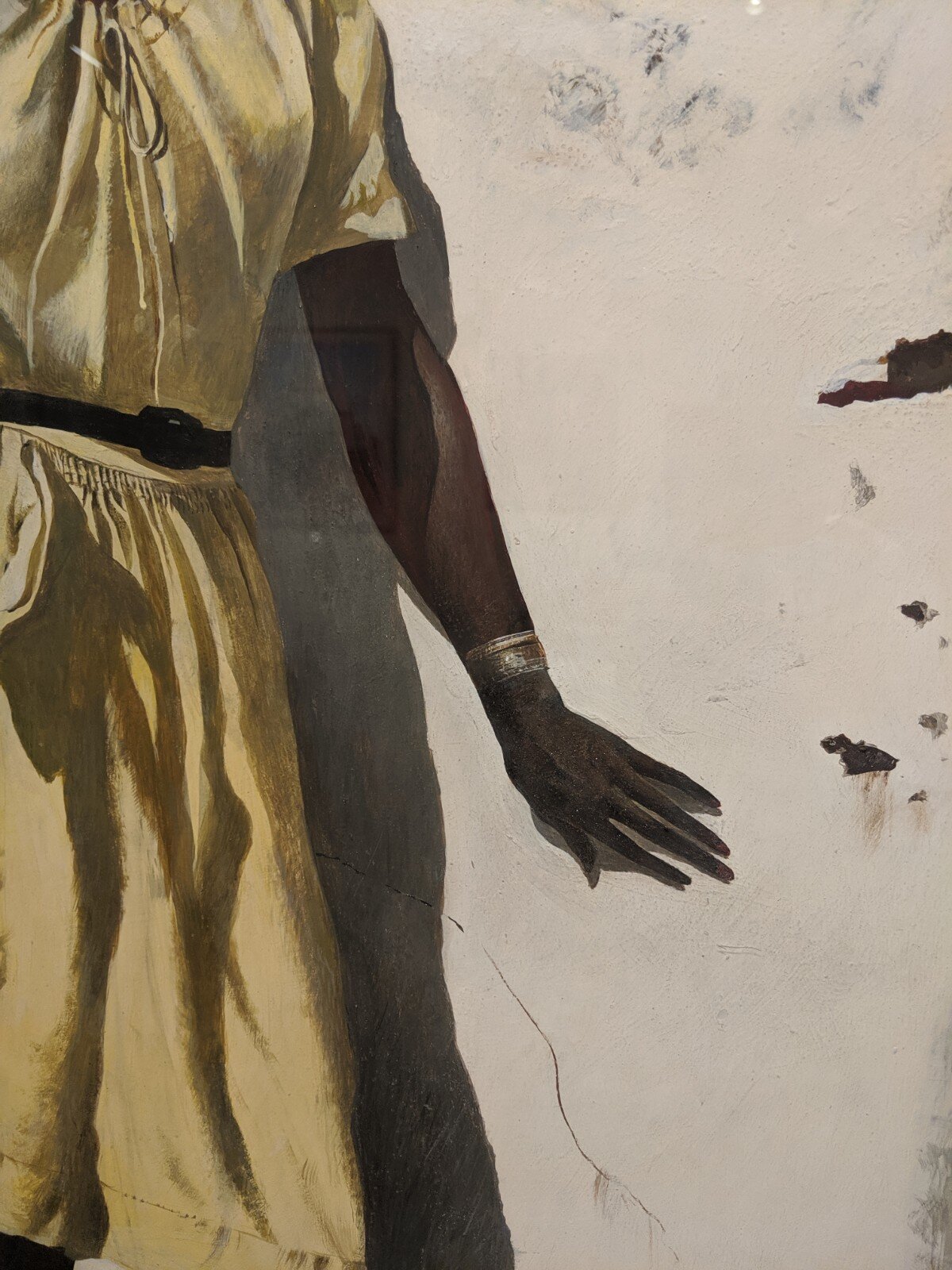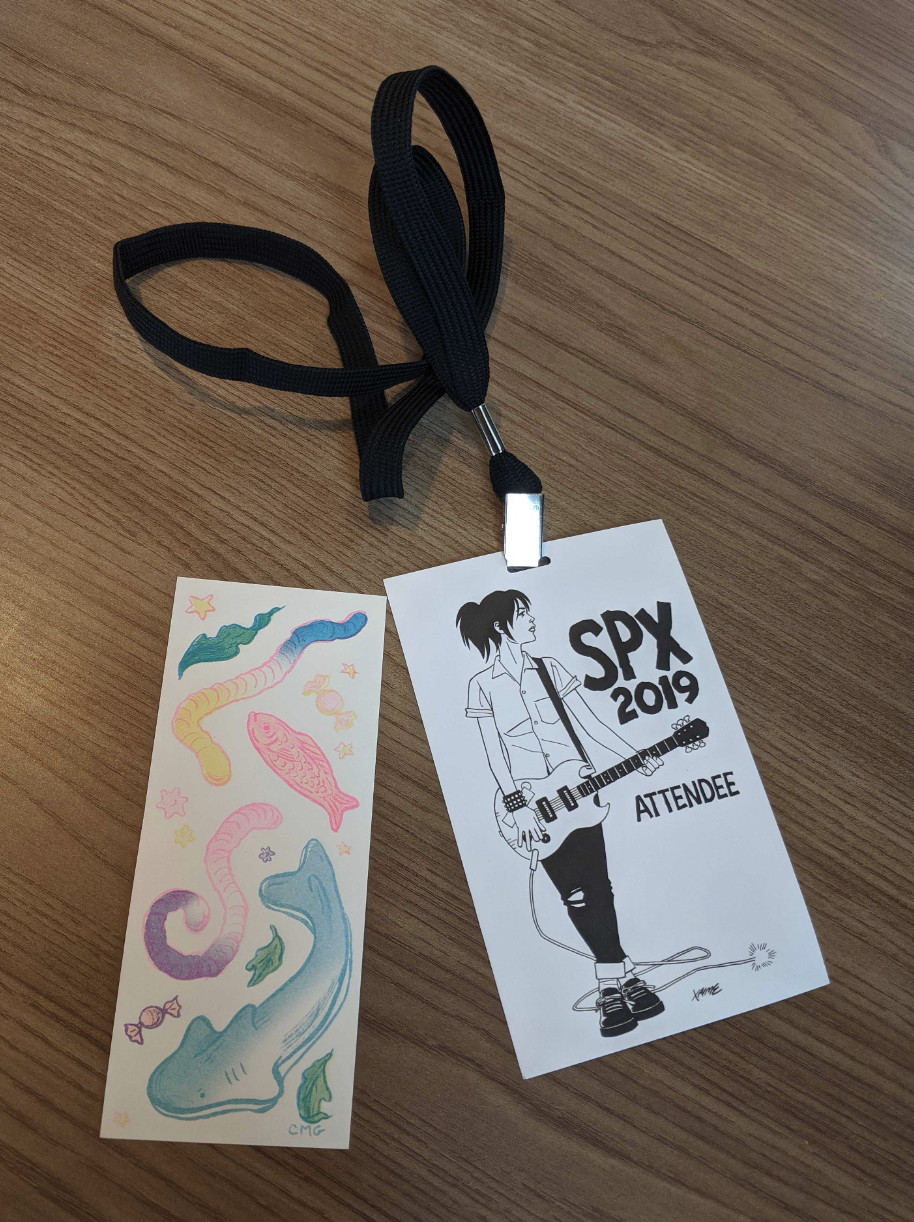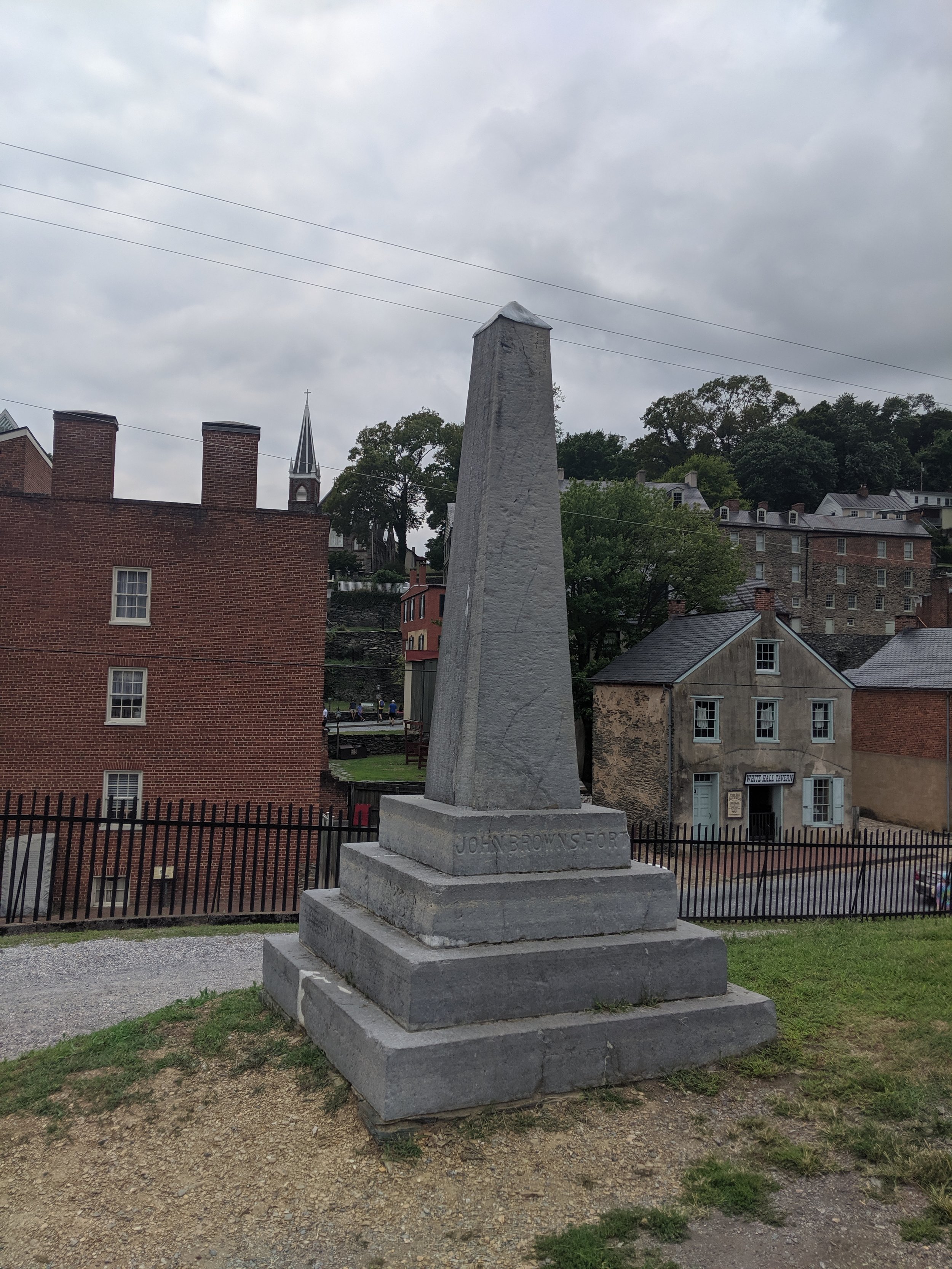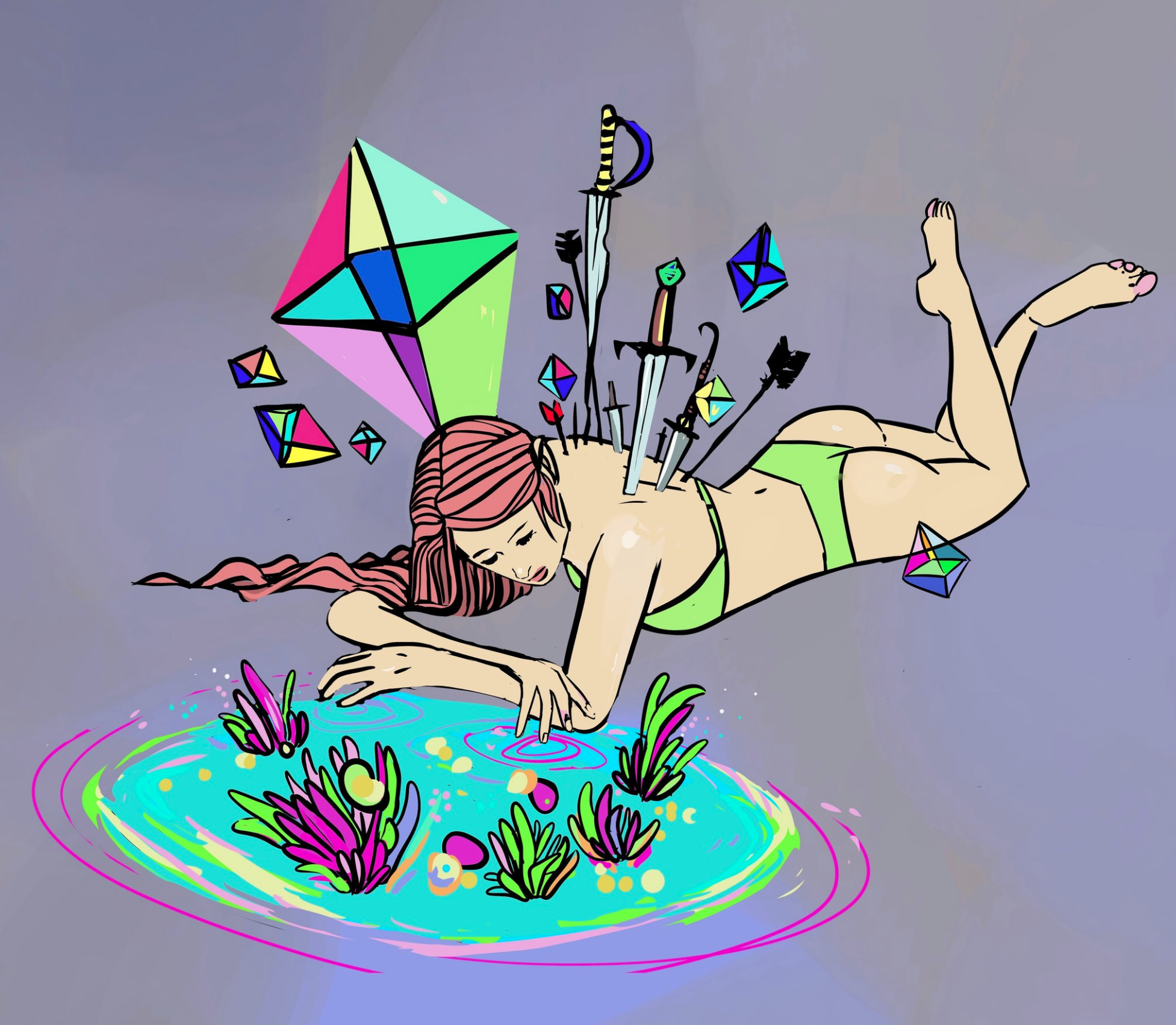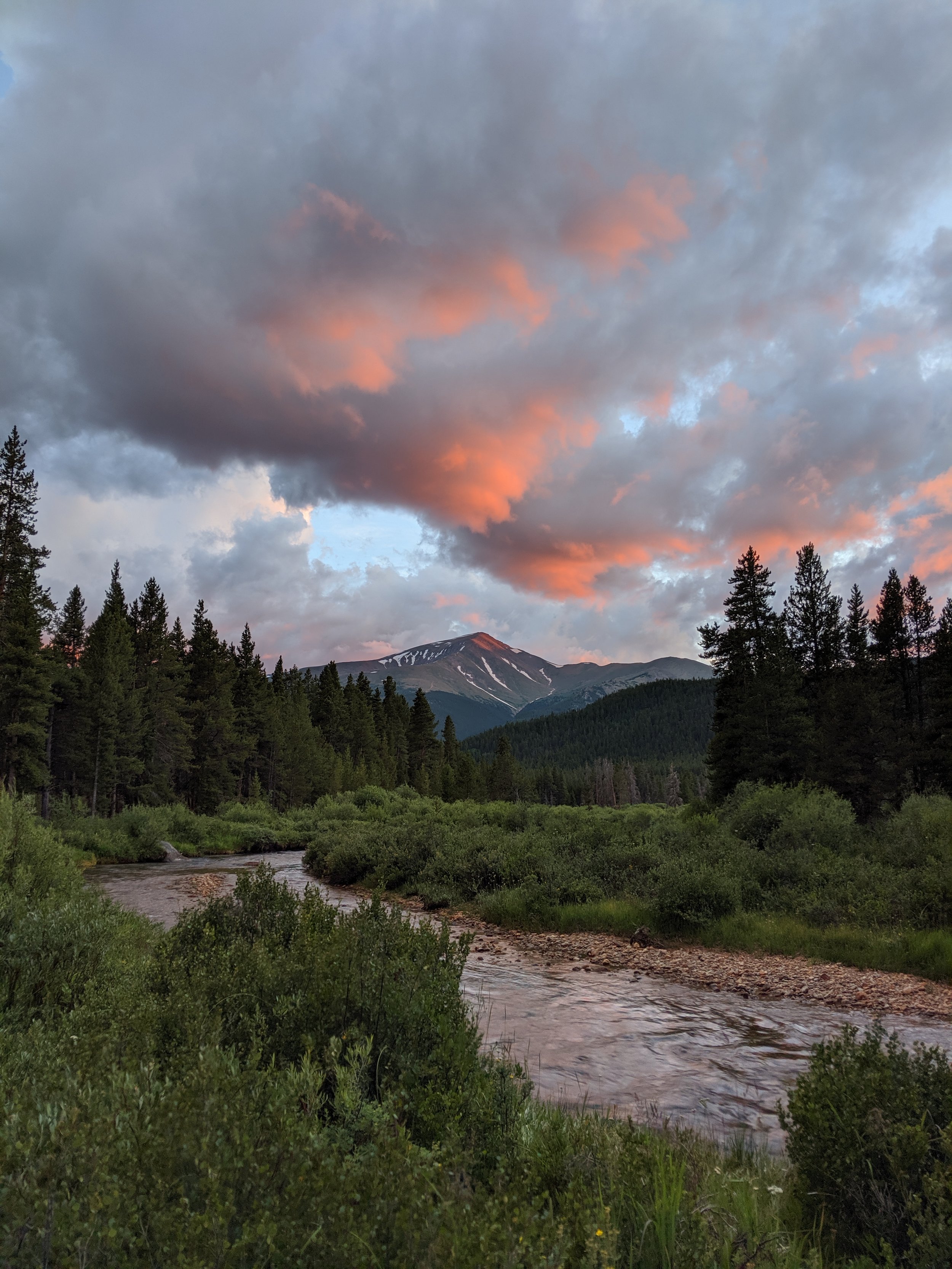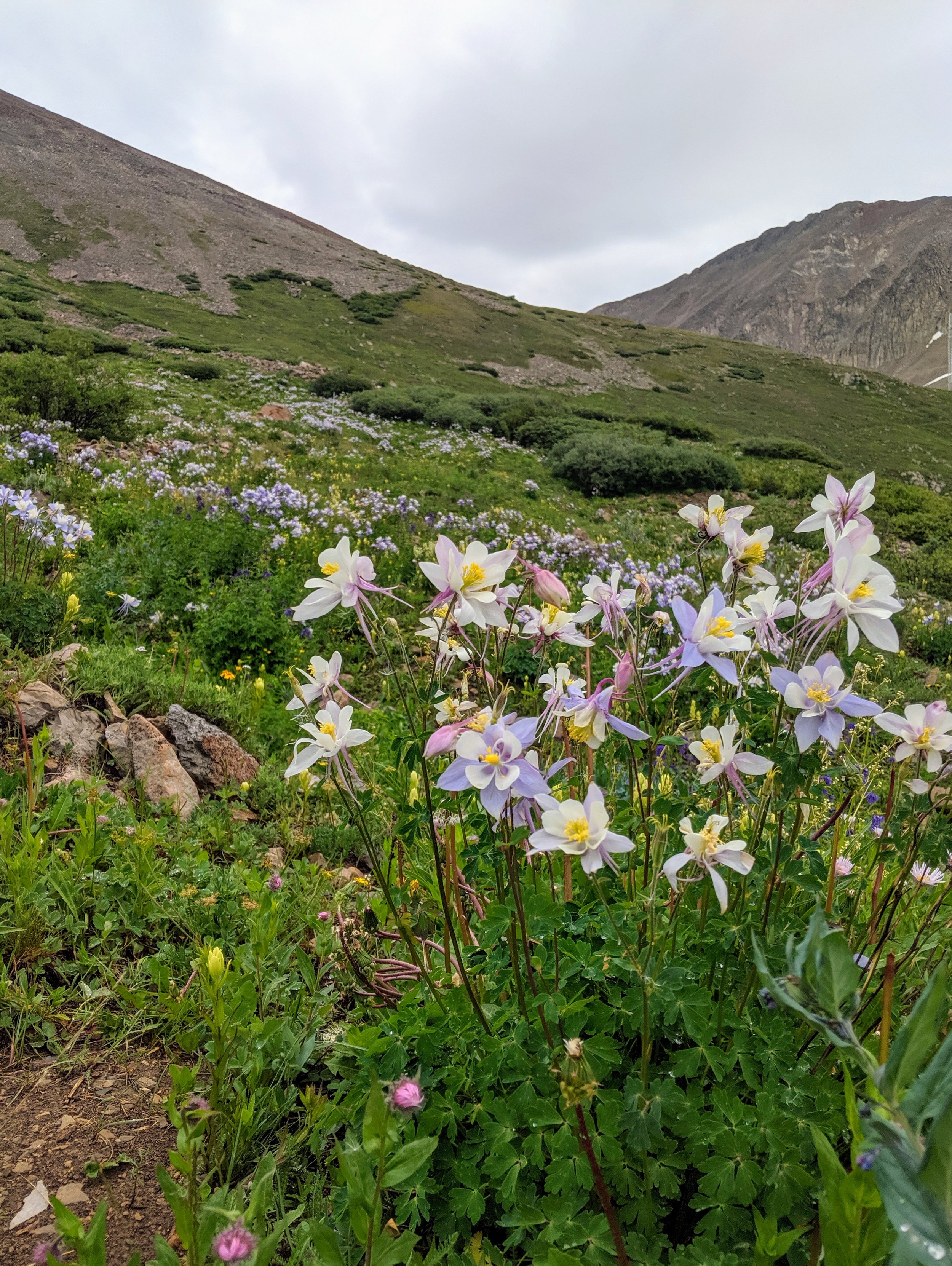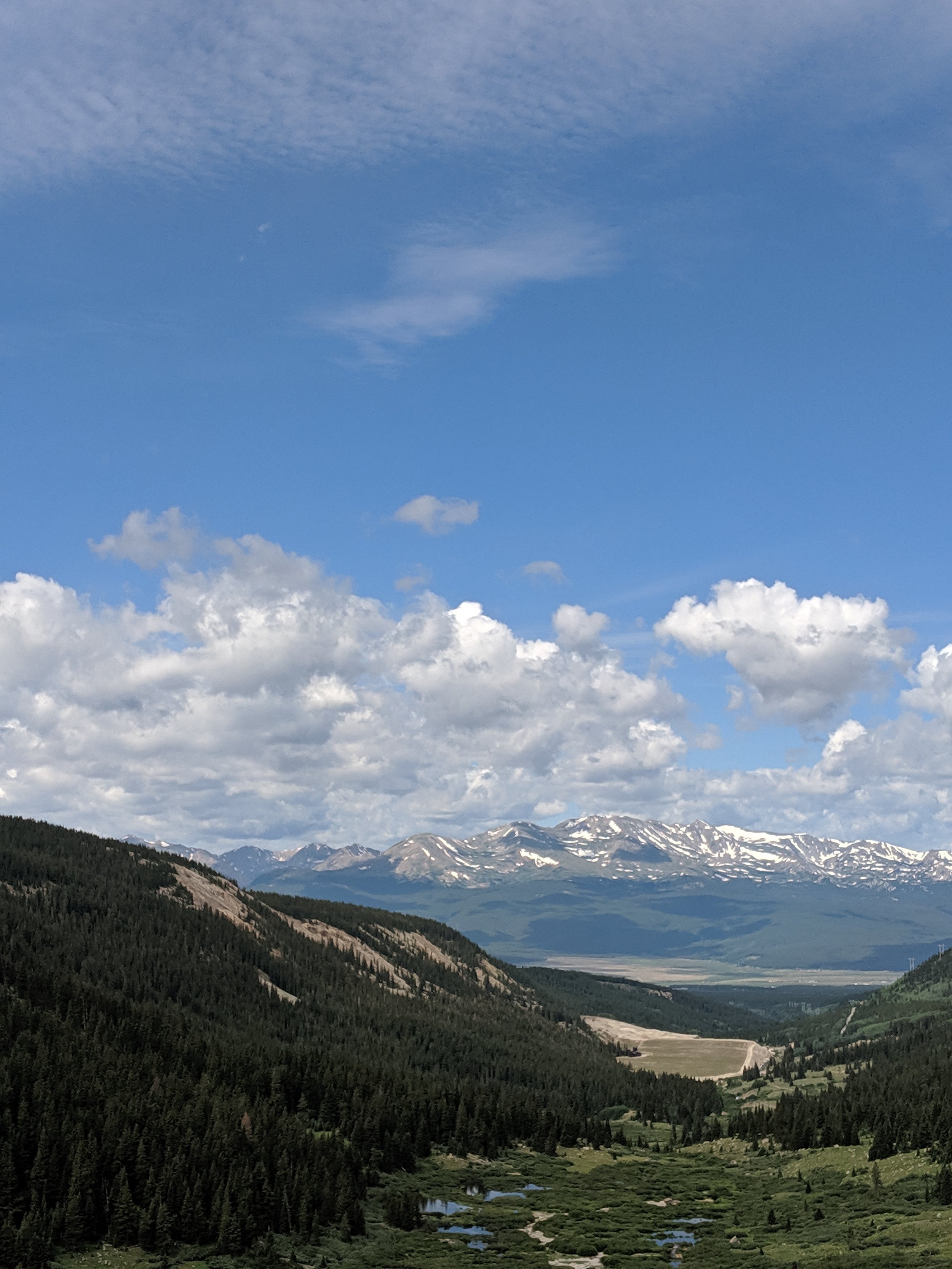This would be romantic, right? Reading Proust en route to Paris! Plus, what else could I do on the plane - I didn’t have a computer or cell access, and had never been overseas before, so, why not Proust?
I made it about 3/4ths or 500 pages into the first volume.
The goal of the book seemed to be about remembering the past in detail, you know “Remembrance of Things Past” or “In Search of Lost Time” and all that, and so many zealous passages about paper lanterns, traveling across the French countryside, relatives who are ill, and other unavoidable parts of childhood.
The paper lantern was the most visually memorable part of the opening of the book for me, where imagining a child having a paper lantern 100 years ago, and it being the most interesting thing to the boy, is pretty wild. The paper lantern is always moving, and light and shapes emerge from it.
About 200 pages in, the narrator or Young Child in the book starts talking about Swann, and this is the interesting part - Swann is just some guy the narrator knew tangentially.
The narration moves into Swann’s life instead of the child’s life.
Swann meets a girl, Odette, that he just loves, falls head over heels with, because ... she looks like a painting he saw once? He's head over heels, only to find that she is bisexual and also dates many men, who sort of keep her afloat in an Instagram Sugar Daddy kind of situation, only again, this is 100 years ago.
Swann seems to meet up with Odette almost to prove to himself that she is real, even though each meeting hurts him because he wants himself to be ‘the only one’ and he's just not. Odette needs multiple relationships to keep up her rent and lifestyle. It’s as if each time he sees her, he can’t possibly believe she is bisexual, then he feels bad about it, then he sees her again anyways.
Finally, Swann gives up, because he sort of realizes she is just not the idealized woman that he had in mind. This is about when I gave up on the book and never finished it.
What’s sad is Swann could have just accepted that Odette would never be what he was expecting, but he couldn’t get out of his own way on this. And there are all kinds of other things happening like class structure and aristocracy and “you can’t be seen with that kind of woman” kind of things too.
The book may fool you, because it seems to be about a boy trying to remember every detail from his childhood, then it launches off into this total other Swann guy being a complete nerfball.
Never date someone based on a painting, I guess? It's possible that Swann makes the fatal mistake of mixing art and life. It's possible that Proust makes the mistake of mixing life, and life.
Or, mixing life and life is not a mistake. Perhaps, this is the point, where what we remember of others, or at least what they tell us, is the actual world.
The Remembrance of Things Past isn’t individualistic, it's a remembrance of a collective past. The literal translation of the book’s title: “In Search of Lost Time” is particularly poignant in Swann’s case.
Someday I hope to finish this book but I don't think I ever will.
I ended up donating it to our local Little Free Library. Good luck, next person!
Related Blogs:
Art Reads: Can’t Hurt Me
Art Reads: Letters of Vincent van Gogh
Best Art Store in Tokyo



















